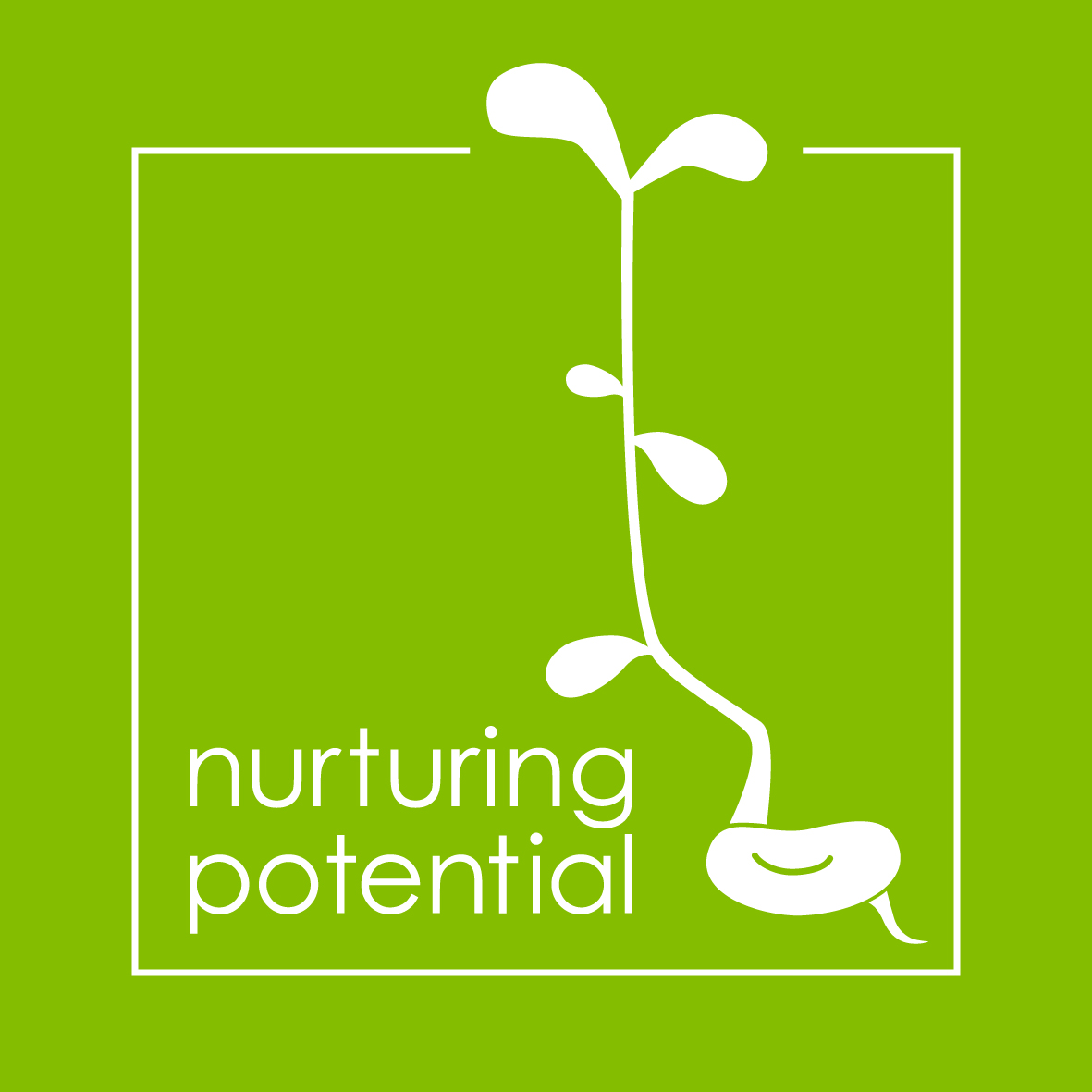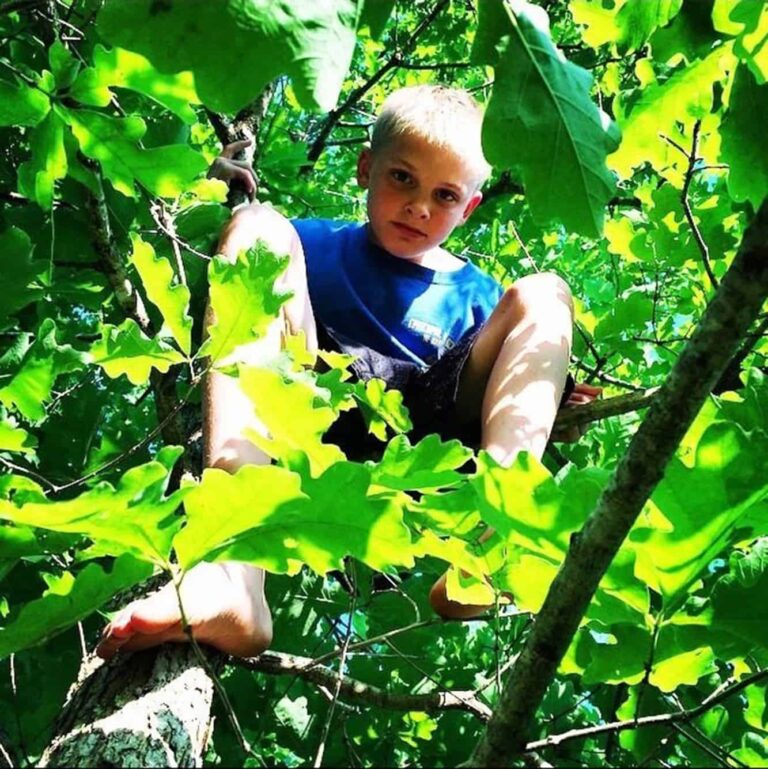Nature as Teacher – Caterpillars into Butterflies
Caterpillars turning into butterflies, bean seeds sprouting and growing into nourishing food, and watching the ever-changing phases of the moon are wonderful events that show us how to slow down, enjoy, and explore.
More than anything, we want our children to be captivated by all the natural world offers. For it’s that captivation that will lead to the desire for deeper understanding. The universe holds unlimited lessons for us and is filled with what can seem like magic!
There is mounting evidence that being in contact with nature benefits our physical and mental health. By nurturing our young children’s feeling of connection to nature, we can have happier children and save the planet at the same time!
One of my favorite ways to make magic for children is to plant milkweed and raise monarch butterflies. Children love the challenge of spotting the tiny monarch eggs on the underside of the milkweed leaves and watching the eggs hatch into the tiniest of caterpillars. Providing magnifying glasses for these observations helps to make even very young children feel like scientists. As the caterpillars grow, children are naturally curious about how much they eat, how fast they grow, and how much they poop! There are lessons to be learned about false legs, spiracles, antennae, eyes, and mouth parts.

When the caterpillar becomes a chrysalis, children have all sorts of questions and eagerly anticipate the day that the chrysalis is no longer green but appears black. My students know that the chrysalis is transparent at this stage and that we are seeing the black portions of the butterfly nearly ready to emerge. If you are lucky enough to observe a monarch breaking out of its chrysalis and pumping blood from its abdomen into its wings, it is something you won’t soon forget at any age! I love allowing children to hold an adult monarch on a finger (or a nose!) before the wings have completely dried. The monarch cannot fly until its wings are dry, which is the perfect time to let it crawl along a child’s hand. Children can see the monarch’s proboscis, count its legs, and identify whether it is male or female before it takes flight. For me, these magical moments, which help cultivate in children an appreciation of the wonders of nature, never get old.
Here are some simple tips on how to nurture that sense of wonder within ourselves and our children:
Notice the Small Things
The art of noticing is a gift that will last a lifetime. It’s powerful when we slow down and take the time to see the little things often overlooked in our busy grown-up lives.
Simple things like the clouds moving, the colors of a sunset or the squirrel in your front yard can seem enchanting to a young child. It’s also fun to notice how things in the natural world change over time—look at the same flower every day, watch the changing leaves on your favorite tree, or track the time the sun sets. Sharing these small moments with your child encourages them to develop an awareness and appreciation for the world around them.

Deeper Explorations
The goal is to teach children that life is not always about having the correct answers. Having the right questions is proven to be a more meaningful and rewarding skill in life.
When children are outdoors, we should encourage them to explore, look, listen, touch, pick apart, compare, collect, sketch, and do anything else that comes naturally. This allows for open-ended investigations that are led by their curiosity and desire.
We can deepen the experience by providing children with relevant resources for further research. Taking the time to look through their collected treasures—helping sort them, classify them, and create a fun nature display—offers the child an opportunity to reflect on the day’s experience.
Setting up a science area, nook, or basket, where children can readily access child-friendly field guides, books, and other inspirational materials, allows them to find the answers they seek is a great resource for the classroom.

The Value of Nature Education
In Bridging Early Childhood and Nature Education, early childhood educators and naturalists identified five areas that support the value of nature education in the development of young children. Nature can be utilized to:
1. Develop an appreciation of nature. Children must engage in many repeated and varied opportunities throughout the year. They need time to experience, explore, and process information to get beyond surface-level understanding.
2. Provide opportunities that transcend language and race. All children can come to appreciate nature’s beauty, wonder, and shared experiences regardless of where they live.
3. Provide real-life context for children’s books and other activities. Children’s books and classroom activities often focus on household pets, farm animals, and animals in the wild. Experiences with nature will help reinforce concepts of great interest to children and broaden the context of their learning.
4. Stimulate children’s natural curiosity about their world.
5. Help children to develop a respect for living things. Children who come to appreciate living things and understand the importance of the relationships among them will be less likely to hurt or destroy them.
When children begin to internalize the interconnectedness of all life, they will naturally become more aware of the critical role humans play and hopefully more conscious of their impact on the world.




